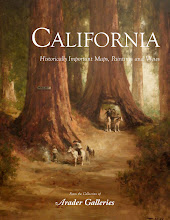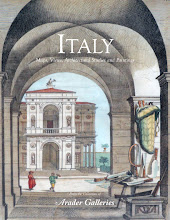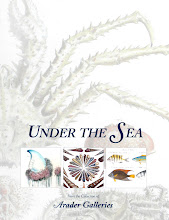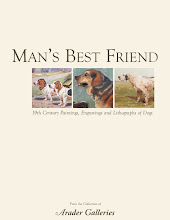Arader Galleries has, for the fourth year in a row, participated in the London Rare Books School (http://ies.sas.ac.uk/cmps/
Catherine DeLano-Smith, the editor of Imago Mundi, and Sarah Tyack, former chief Executive of the National Archives (UK), lead The History of Maps and Map Making and Mapping Land and Sea before 1900 seminars respectively. Highlights included a private tour and lecture of the British Library’s current exhibition Magnificent Maps: Power, Propaganda and Art with curator and director Peter Barber. (http://www.bl.uk/
Featuring over 80 of the most impressive wall maps ever created, this exhibit tells the cumulative story of how maps, and the underlying agendas of their creators and commissioners, have been used to wield power and control throughout history, from 200AD to the present day.
The exhibition beautifully exemplifies one of the main themes of modern cartographic study; that maps are subjective images that convey much more than geographic information. This rich world of nuanced yet complex purposes comes to light as one begins to see each map through the eyes of its originally intended audience.
The magnificent Maps exhibition at the British Library will be on display until September 19, 2010.















